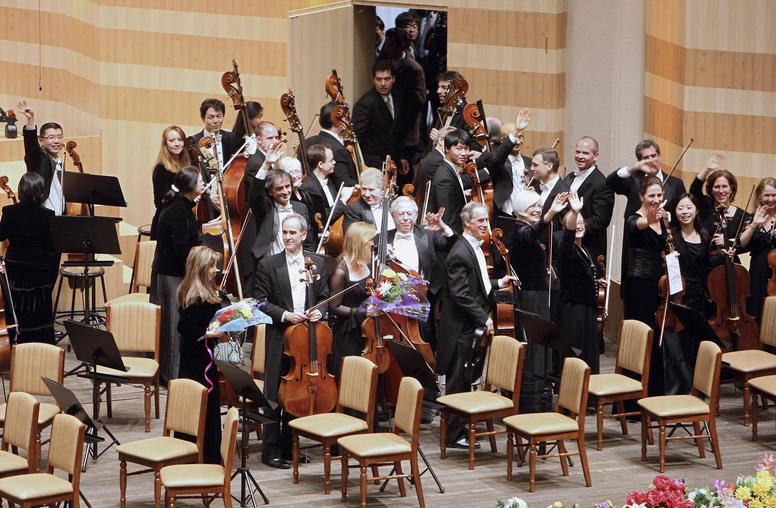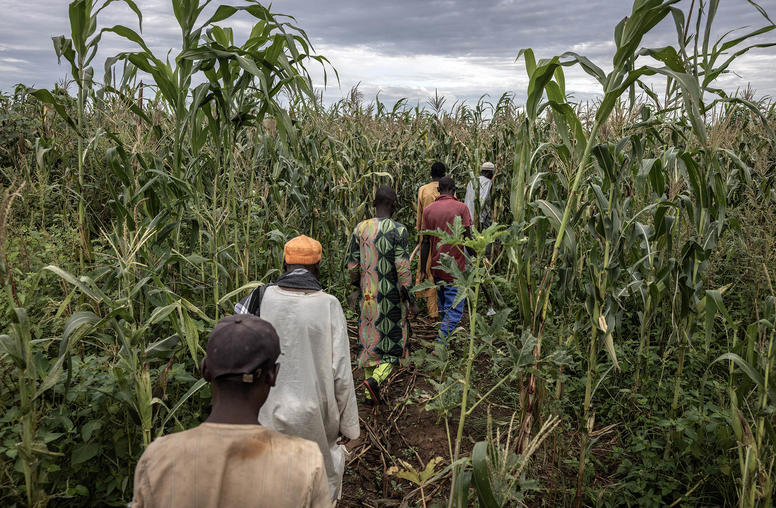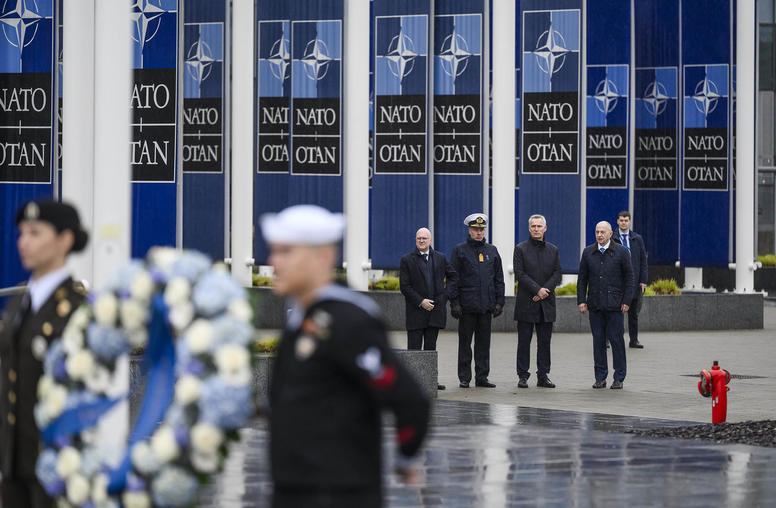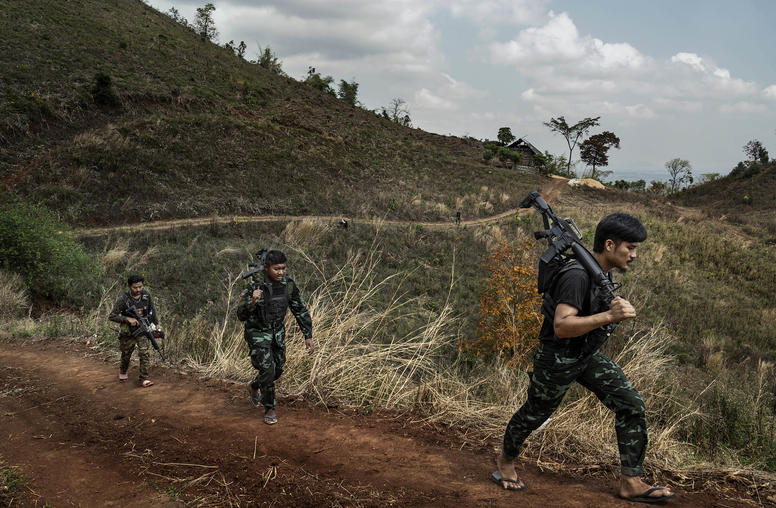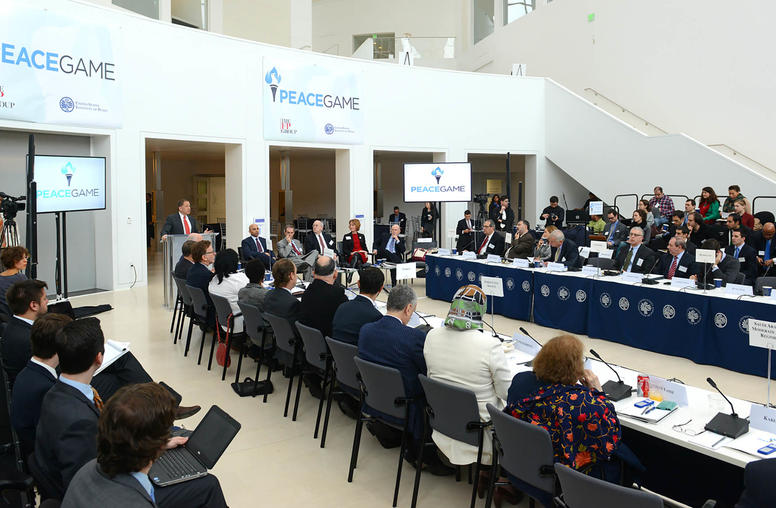Questions and Answers with Andries Odendaal
Andries Odendaal answers questions about his new book A Crucial Link: Local Peace Committees and National Peacebuilding. Odendaal explains local peace committees and infrastructures for peace, the conditions under which they are successful, and how they can contribute to a reduction in violent conflict.
What is a local peace committee?
A local peace committee (or LPC) is an inclusive forum operating at the subnational level that provides a platform for the collective local leadership of a community to accept joint responsibility for building peace in that community. LPCs can exist at the district, municipality, town, or village level. Although the word “committee” implies some kind of formal or authoritative decision-making body, these types of groups generally operate more as loose spaces or forums for dialogue and consensus building. The term “committee” is commonly used to describe these groups, but it should not be taken too literally. These committees typically include representatives from all political parties, civil society, religious institutions, business networks, and government sectors.
LPCs can have many different tasks depending on the context, but generally they work to establish a minimum level of social cohesion, encourage collaboration on urgent tasks, and prevent violence. While they are not meant to be an alternative to local government structures, they can build consensus and community stability through facilitating dialogue and mediation.
What is an infrastructure for peace?
Also known as peace architecture, infrastructures for peace are systems for coordinating and supporting peace processes. They consciously link the local and national spheres and the formal and informal sectors of society. The infrastructure entails structures and procedures to enable the task of building peace, as well as the capacity to access and leverage relevant networks and resources within that society and externally. LPCs are an aspect of a peace infrastructure.
The focus of the book is on LPCs, but as an aspect of a formal infrastructure for peace. There are many examples of local peace committees that operate informally and without linkage to each other or to national processes. This book focuses on LPCs that form part of an official infrastructure for peace.
What are the components of an infrastructure for peace?
Typically an infrastructure will consist of (1) a national multistakeholder body that exercises oversight of the infrastructure, facilitates communication with and between peace committees, and provides political support to peace committees; (2) an administrative department that provides logistic and financial support to peace committees (which, in some cases, have been formalized into a dedicated government ministry); and (3) peace committees at various levels: national, provincial, and local. The existence of an infrastructure further facilitates the flow of reliable information between these levels.
What are some examples or cases studies of infrastructures for peace that include local peace committees?
In Northern Ireland, the Good Friday Agreement of 1998 identified the transformation of policing as a peacebuilding priority. In all the districts of Northern Ireland, District Policing Partnerships were established to facilitate dialogue between local communities and the police. Their task has been to build consensus on local policing priorities in light of the severe distrust of the police.
Sierra Leone has used local peace committees to manage tensions during elections.. During the presidential and parliamentary elections in 2007 and 2008, just a few years since the end of the civil war and the 1999 Lomé Peace agreement, there was international concern that the elections might be a catalyst for a return to war. However, they were relatively peaceful and succeeded in a transition of power. While many factors were at play, credit is due in part to the collaboration between national and local “code of conduct monitoring committees.” The national parties negotiated a code of conduct and monitored its implementation while local committees took responsibility for peace in their districts. They managed to resolve a number of potentially serious conflicts through timeous interventions. The remarkable aspect of their performance was that, at the time, there was no other public institution with sufficient credibility and capacity to fulfill this role.
In South Africa local peace committees were established to prevent violence while negotiations were continuing between national actors. The LPCs could not prevent all violence, but had been instrumental in containing the spread of violence through mediating local agreements and monitoring potential violent events.
Why local peacebuilding? Why is a national peace accord not sufficient in establishing peace and reducing violent conflict?
Conditions at the local level in the aftermath of violent conflict often encourage rather than discourage ongoing violence. Conflict management institutions are often damaged or rendered dysfunctional. Whether in pursuit of interests that are shared by substantial sections of a community, or whether for more opportunistic reasons, local actors exploit the absence of authority and resort to violence. Furthermore, the occurrence of violence has a devastating impact on local communities; it ruptures the social fabric of a community. Extensive violence not only deepens polarizations to the point where collaboration is almost impossible, but alters long-held customs and practices. Social reconstruction at the local level in the aftermath of violence therefore poses particularly complex and difficult challenges. An aspect of this challenge is the deeply emotional and personal nature of conflict in close-knit communities. On the whole, because of the extensive damage done to social and political institutions and personal relationships, the task of peacebuilding at the local level cannot be achieved by barking instructions from the top. It requires specific and focused interventions.
For local communities, peace invariably means more than the settlement of the major national issues. It does not mean that local communities are disinterested in national issues; rather, it means that local, concrete issues coupled with day-to-day survival and coexistence are more immediate. Peace is therefore inextricably linked to the absence of violence, economic survival, the healing of family and community, the settlement of local disputes, and the reliability of government institutions.
As far as LPCs are concerned, the peace they can realistically contribute to relates to an end to the violence suffered in the past; a prevention of the occurrence or recurrence of violence; an acknowledgement of the local patterns of exclusion and discrimination that have to be transformed; a commitment to collaborate in that transformation; and joint action in dealing with the most threatening and urgent problems facing the community.
When can we consider a local peacebuilding committee to be successful?
Peace will have been built by LPCs if, in a specific context, incidents of violence are reduced or stopped; and if former protagonists collaborate in local initiatives to stabilize, rebuild, and transform their communities. Peace will also have been achieved when governance and development can take place free from the debilitation of excessive social or political polarization.
How do peace infrastructures actually function? What methods and approaches do they use that are effective?
Formal peace infrastructures support LPCs in four ways: (1) by legitimizing the pursuit of peace at all levels, including the local level; (2) by allocating responsibility for violence prevention and peacebuilding to a specific collection of persons, including individuals trusted across a broad spectrum of society to take leadership in peacebuilding; (3) by ensuring that LPCs have access to specialist support in facilitating dialogue and violence prevention; and (4) by ensuring that sufficient linkage takes place between relative stakeholders and resources.
